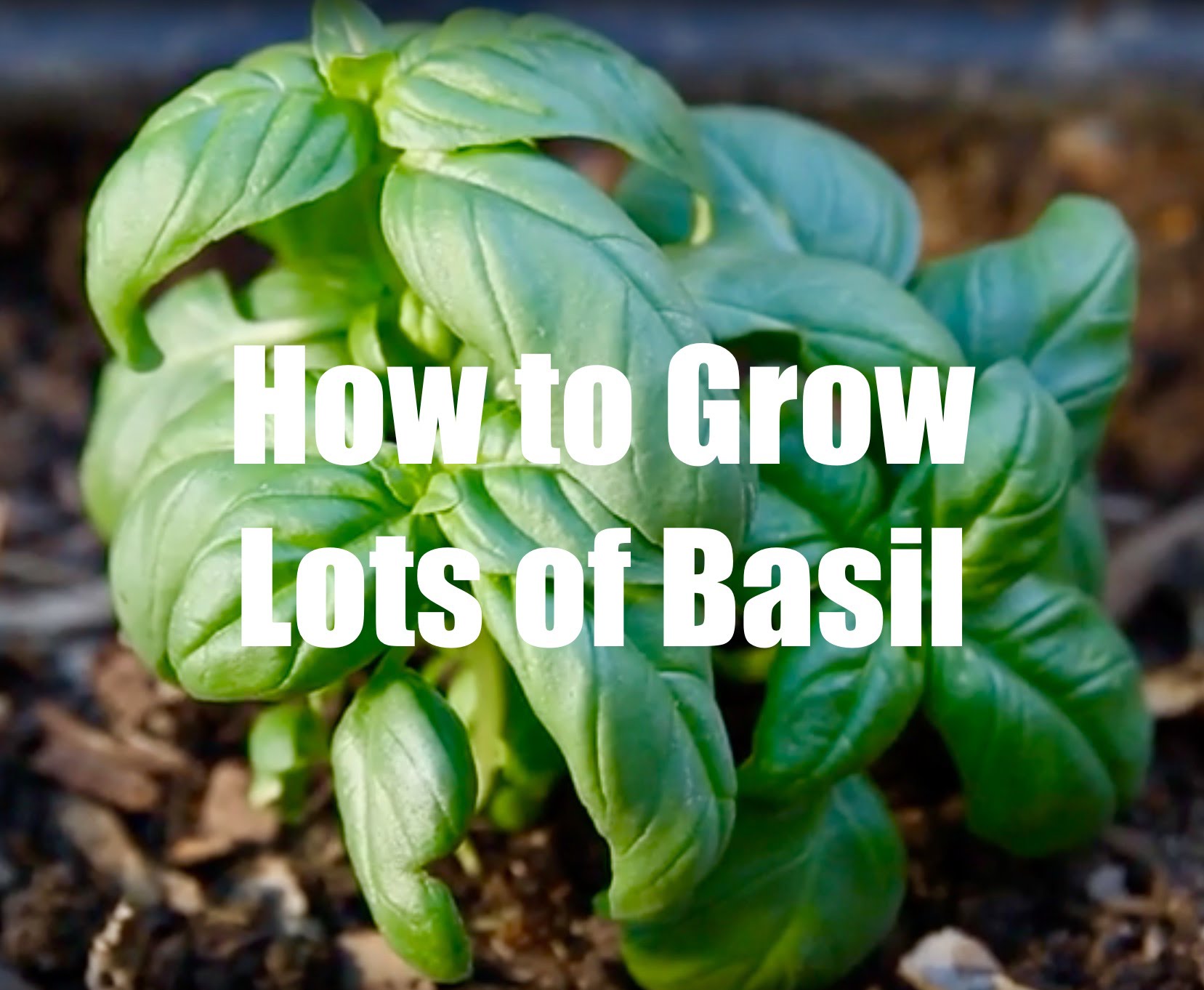Grow Basil Indoors Year-Round: Easy Guide

Are you dreaming of fresh, aromatic basil leaves all year round? Imagine the delight of plucking a few leaves straight from your indoor herb garden to garnish your favorite pasta dish. Growing basil indoors year-round is not only possible but also incredibly rewarding. Let's dive into this comprehensive guide that will transform your home into a thriving basil oasis.
Why Grow Basil Indoors?
Growing basil indoors offers numerous benefits. Firstly, you have a constant supply of fresh herbs at your fingertips, enhancing your culinary creations with ease. Secondly, indoor gardening is a therapeutic hobby that can reduce stress and improve air quality. Lastly, it's a fantastic way to engage in year-round gardening, regardless of the weather outside.
Getting Started: Basil Plant Care Basics
Before we dive into the specifics, let's cover the basics of basil plant care. Basil is a relatively low-maintenance herb, making it perfect for beginners. Here are the essentials you need to know:
Choosing the Right Basil Variety
There are several varieties of basil, each with its unique flavor and growth characteristics. Some popular choices for indoor gardening include Sweet Basil, Genovese Basil, and Thai Basil. Choose a variety that suits your taste preferences and growing conditions.
Selecting the Perfect Container
A well-draining pot is crucial for basil plant care. Opt for a container with drainage holes to prevent waterlogging, which can lead to root rot. A pot size of 4-6 inches in diameter is ideal for a single basil plant.
Soil Requirements
Basil thrives in well-draining, nutrient-rich soil. A high-quality potting mix designed for herbs is an excellent choice. Ensure the soil is loose and aerated to promote healthy root growth.
Light Requirements: The Key to Success
Basil plants require plenty of light to grow and thrive. Place your basil in a location that receives at least 6-8 hours of sunlight daily. A south-facing window is ideal, but east or west-facing windows can also work well. If natural light is limited, consider using grow lights to supplement.

Watering and Humidity: Keeping Your Basil Happy
Watering is a critical aspect of basil plant care. Basil prefers consistently moist soil but dislikes being waterlogged. Aim to water your basil when the top inch of soil feels dry to the touch. Use room-temperature water and ensure the pot has proper drainage.
Maintaining the right humidity levels is also essential. Basil prefers a humidity level of around 40-60%. If your indoor environment is dry, consider misting the leaves occasionally or placing a tray of water near the plant to increase humidity.
Temperature and Airflow: Creating the Perfect Environment
Basil plants prefer temperatures between 65-85°F (18-29°C). Avoid placing your basil near drafty windows or heating vents, as extreme temperature fluctuations can stress the plant.
Proper airflow is crucial for preventing fungal diseases. Ensure your basil has enough space around it and avoid overcrowding with other plants. A gentle breeze from a fan can also help improve air circulation.
Fertilizing: Boosting Growth and Flavor
While basil is not a heavy feeder, regular fertilization can enhance growth and flavor. Use a balanced, water-soluble fertilizer diluted to half strength every 4-6 weeks. Alternatively, you can use a slow-release fertilizer designed for herbs.
Pruning and Harvesting: Encouraging Bushy Growth
Pruning is essential for promoting bushy growth and preventing your basil from becoming leggy. Pinch back the growing tips once the plant reaches about 6 inches in height. This encourages side shoots to develop, resulting in a fuller plant.
Harvesting basil is straightforward. Simply snip off the leaves as needed, leaving at least two sets of leaves on each stem to encourage regrowth. Regular harvesting also promotes bushier growth.

Common Problems and Solutions
Even with the best care, issues can arise. Here are some common problems and their solutions:
Yellowing Leaves
Yellowing leaves can indicate overwatering or underwatering. Check the soil moisture and adjust your watering schedule accordingly.
Wilting
Wilting can be a sign of underwatering or excessive heat. Ensure your basil is receiving enough water and is not exposed to extreme temperatures.
Pests
Common pests that affect basil include aphids, whiteflies, and spider mites. Regularly inspect your plant for signs of pests and treat with insecticidal soap or neem oil if necessary.
Fungal Diseases
Fungal diseases such as powdery mildew can be prevented by ensuring proper airflow and avoiding overwatering. If you notice signs of disease, treat with a fungicide and adjust your care routine.
Conclusion
Growing basil indoors year-round is a rewarding experience that brings the joy of fresh herbs into your home. With the right care, including adequate light, proper watering, and regular pruning, you can enjoy a thriving basil plant all year long. So, why wait? Start your indoor herb garden today and reap the benefits of homegrown basil.
FAQs
Can I grow basil from seeds indoors? Yes, you can grow basil from seeds indoors. Start by planting the seeds in a seed-starting mix and keep them consistently moist until they germinate. Once the seedlings have a few sets of true leaves, transplant them into larger pots.
How often should I water my indoor basil plant? Water your basil plant when the top inch of soil feels dry to the touch. This usually means watering every 1-2 weeks, but it can vary depending on your indoor environment.
What is the best temperature for growing basil indoors? Basil prefers temperatures between 65-85°F (18-29°C). Avoid extreme temperature fluctuations and drafty areas to keep your basil happy.
How do I prune my basil plant to encourage bushy growth? Pinch back the growing tips once the plant reaches about 6 inches in height. This encourages side shoots to develop, resulting in a fuller, bushier plant.
Can I use artificial light to grow basil indoors? Yes, you can use artificial light to grow basil indoors. Full-spectrum grow lights are ideal, providing the necessary light for healthy growth. Aim for 14-16 hours of light per day if using artificial lighting.
0 Response to "Grow Basil Indoors Year-Round: Easy Guide"
Post a Comment